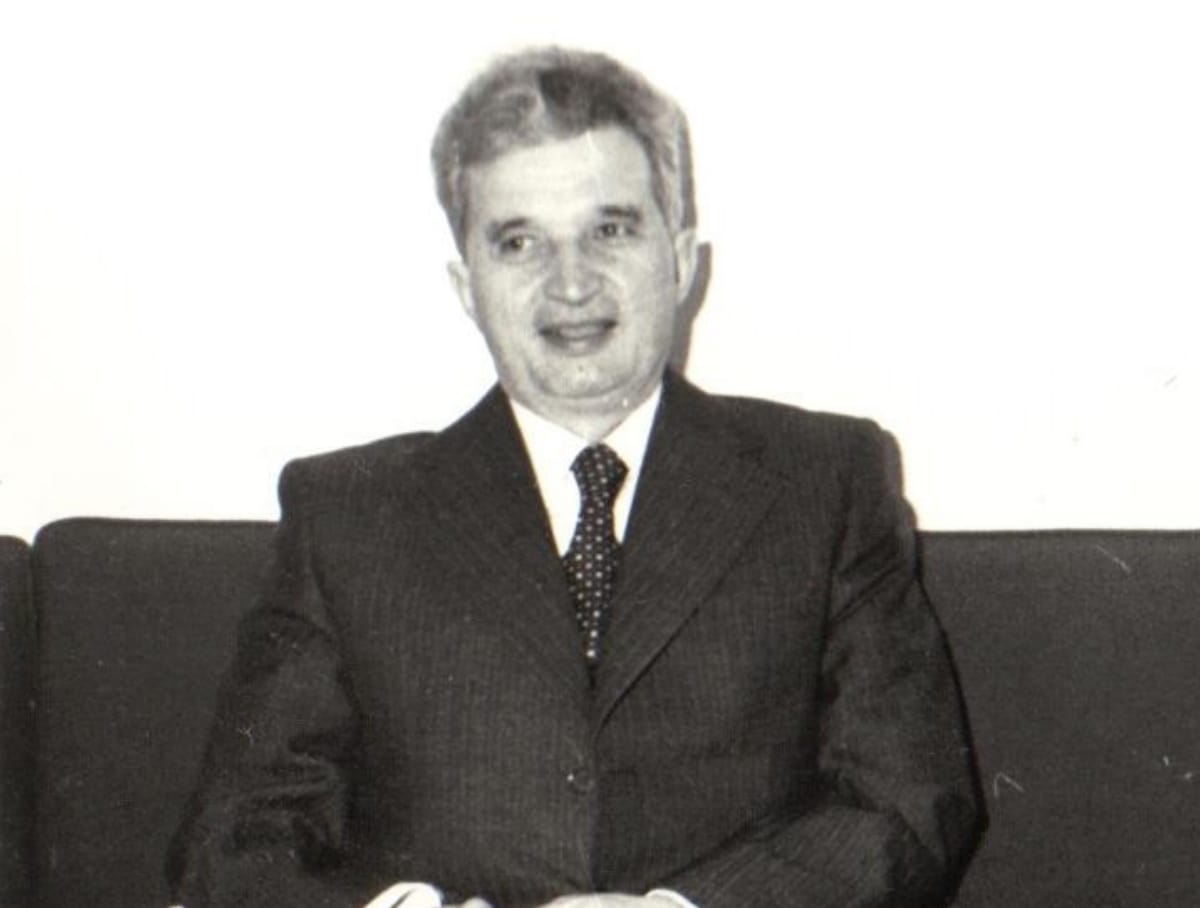Many sources write about the unprecedentedly high rating of the Romanian dictator in the last days of his life. We have checked whether such information is correct.
In 2014, member of the Legislative Assembly of St. Petersburg, journalist Boris Vishnevsky, discussing the high popularity of Russian President Vladimir Putin in the country, statedthat “Nicolae Ceausescu’s rating was 99% a week before the execution." Similar information can be found on resources such as Radio Liberty, "Companion", "Censor.net", "Peekaboo". She was also referred to by the publicist Slava Rabinovich, satirist writer Victor Shenderovich, journalist Dmitry Gordon, politician Vladimir Kara-Murza, entrepreneur Mikhail Khodorkovsky and many other celebrities. At the same time, what is striking is the wide range of support figures - from 90% to 100% (including 94%, 95%, 96%, 97%, 98%). The situation with the deadline is also ambiguous - in other cases it is not a week that is mentioned, but month or, for example, two days.
On December 25, 1989, the President of Socialist Romania, Nicolae Ceausescu, and his wife Elena were shot elite unit of the Romanian troops. A week earlier, the dictator went on a visit to Iran, believing that the secret police of the Securitate would cope with the demonstrations that began on December 17 in Timisoara. However, upon his return (December 20), he found that the unrest continued. Ceausescu made a televised address to the nation, in which he hinted at “interference by external forces in the internal affairs of Romania” and “aggression towards Romanian sovereignty.” The next day Ceausescu appealed to the participants of a rally of thousands in his support, but the reaction of the crowd turned out to be unexpectedly unfriendly. On December 22, he and his wife made an attempt to appeal to the masses from the roof of their giant palace, however, in the end, under the gun of the cameras of the world media escaped the massacre only thanks to the helicopter. This was followed by two days of flights from one residence to another, arrest, trial and execution in the city of Targovishte.
These facts alone indicate that a week or even a month before the execution, Ceausescu’s real popularity could hardly have reached such serious levels. We, of course, can assume that the dictator was simply told the numbers he wanted to hear (as was the case with the individual newspaper for the elderly Portuguese leader Salazar), however, it cannot be said that opinion polls in totalitarian countries in the 1980s were generally a popular tool. These days in democratic Romania they can conduct a survey and suddenly find outthat the late Nicolae Ceausescu has the support of 64% of potential voters, which is significantly higher than that of the current president of the country. However, until the mid-2010s, information about Ceausescu’s unprecedented rating before the execution was not found on Russian-language resources, let alone Romanian-language ones.
It remains to be assumed that such a view could be based on the results of larger-scale events: elections and referendums. The latter in the republic indeed periodically were carried out. For example, on November 23, 1986, the population of the country was virtually unanimous (99.99% turnout, 100% for, 228 people did not show up) voted for reducing the size of the army and reducing arms costs by 5%. As for elections, in the socialist era the president was elected for a five-year term not by popular vote, but by parliament - the Grand National Assembly (GNA) - on the recommendation of the Central Committee of the Communist Party of Romania and the Front for Democracy and Socialist Unity. Ceausescu was the only senior official under such a system - he was unanimously elected by parliament in 1974 and re-elected in 1980 and 1985. Thus, the scale of popular popularity or support for Ceausescu in 1989 cannot be judged from these data. Of course, parliamentary elections were also held in Romania (usually shortly before the presidential elections), and the party led by Ceausescu always won them, namely in 1975 (98.8%), 1980 (98.5%) and 1985 (97.7%) years, which chronologically is also quite far from 1989.
The only event in 1989 at which the candidacy of Nicolae Ceausescu was considered was XIV Congress of the Communist Party of Romania, held November 20–24, 1989. November 20 Ceausescu read out his six-hour report, and four days later was unanimously (3308 out of 3308) re-elected to the post of General Secretary of the Communist Party of Romania. This was just a month before the revolution and the execution of the Ceausescu couple, which may have become many years later the reason for the appearance of rumors about “99 percent support” for the Romanian leader at that time. However, given the unrepresentativeness of parliamentary votes and the predetermination of such votes, it would be incorrect to talk about popular support for Ceausescu.
Interestingly, in 2019, five years after the message was circulated, Boris Vishnevsky corrected his own wording. In his publications on VKontakte, dedicated to the 30th anniversary of the dictator’s execution, he wrote: “A month before, in November 1989, at the congress of the Romanian Communist Party he received a standing ovation 62 times. His rating, if it had been measured then, would probably have been 99%.” Thus, Vishnevsky, in fact, stated in plain text that no measurements of Ceausescu’s popularity were taken in the last month of his life.
Most likely not true
If you find a spelling or grammatical error, please let us know by highlighting the error text and clicking Ctrl+Enter.






